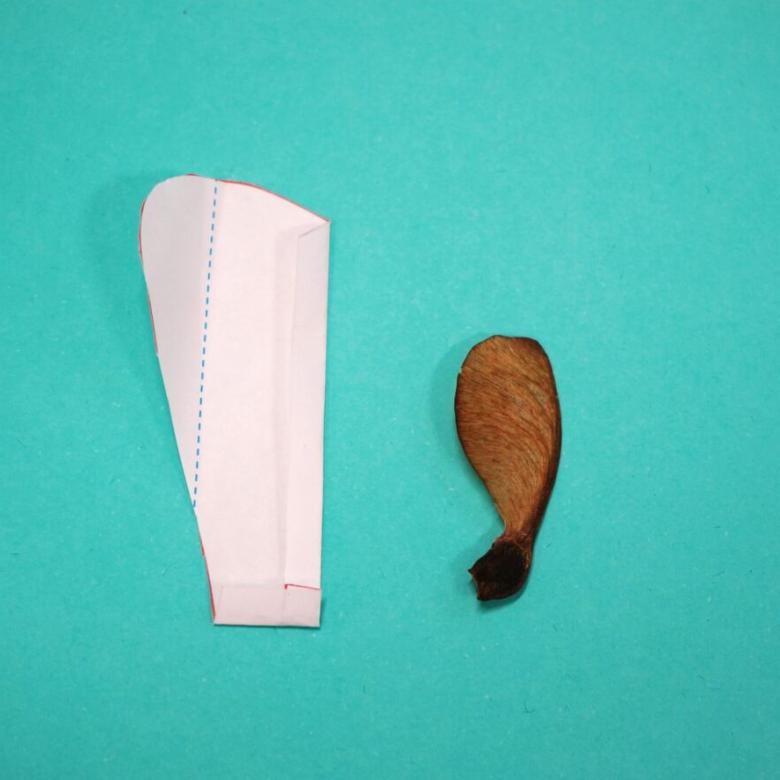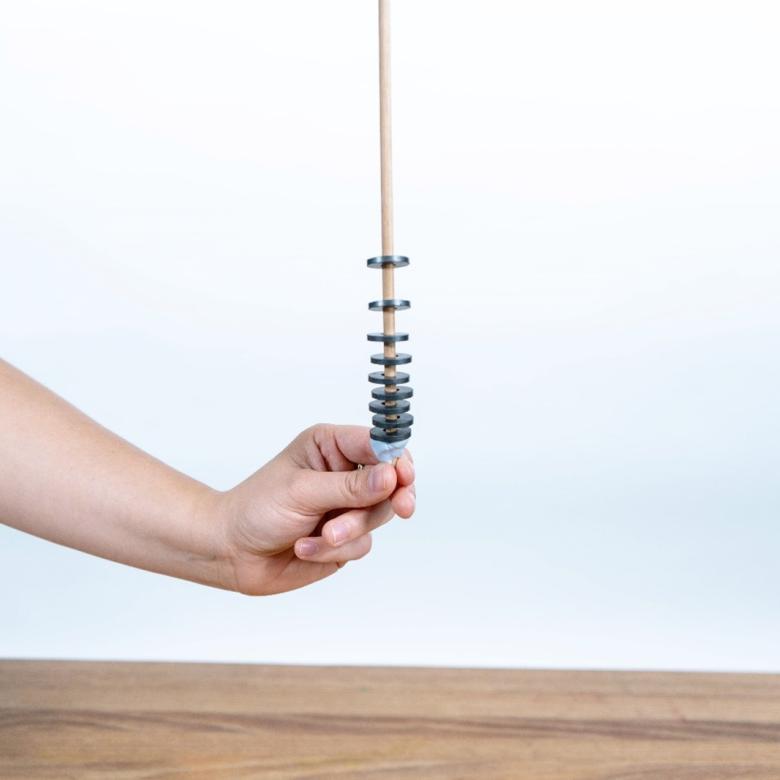You’ll need
- Teabags (the paper kind, with a string and a label)
- A plate (one that won’t burn or be damaged by heat)
- Scissors
- A lighter or matches
What to do
- Remove the staple, label and string from the teabag.
- Pour the tea leaves into a bin.
- Unfold the teabag and stretch it out.
- Use your finger to turn the teabag into a cylinder.
- Place the plate on a flat surface. Stand the cylinder on one end on the plate.
- Use a lighter or match to light the top of the teabag cylinder.
- See what happens.
Questions to ask
How high does your teabag rocket fly?
Try using a larger teabag.
What's happening
Have you ever heard the phrase ‘warm air rises’? This is what happens in this experiment.
When the teabag is set on fire, the flame heats the air inside the teabag cylinder. That means energy gets transferred to individual bits of air called air molecules. Warm air molecules move faster than cold air molecules. Warm air molecules also spread out and take up more space than cold air molecules. This means that the warm air molecules are further apart from each other, which makes warm air less dense than cool air. Warmer, less dense air rises above cooler, denser air.
As the teabag burns, it turns into ash and smoke. The smoke blows away and all that’s left is ash. Ash is light, so it doesn’t need much force to lift it. The warm, less dense air inside the teabag can lift the ash off the plate.
Tim: Hi, everyone. My name’s Tim and I’m from the Questacon Science Squad. Today we’re going to make a teabag rocket.
(Camera pans to the table).
You need:
- a teabag and
- a lighter.
And the first thing that you need to do is unroll the teabag. Take the staple off the top and then unroll it until it turns into a long tube like this.
(Tim takes the staple off the teabag and unrolls the bag).
Take all of the tea out of it.
(Tim empties all the tea out of the bag).
Once you do that you can move it out and pull it out so that it is a straight tube like this, until it’s nice and flat on the bottom so that you can sit it up.
(Tim straightens out the tea bag and stands it on the plate).
Very close, there we go. Take the lighter and light it from the top.
(Tim lights the top of the tea bag).
If you want to find out how this teabag rocket works, go to the Questacon Science Squad website. See you next time.
Did you know
Hot air balloons work in a similar way to the teabag rocket. A burner under the balloon uses propane to heat the air inside the balloon envelope. Propane is a type of flammable gas. It is also used in barbecues.
As the air inside the balloon heats up, it becomes less dense. The less dense (heated) air in the balloon rises above the denser (cooler) air around the balloon. The balloon then lifts up off the ground. To land, the hot air balloon pilot lets the air in the balloon cool a bit, and the balloon slowly goes down.






